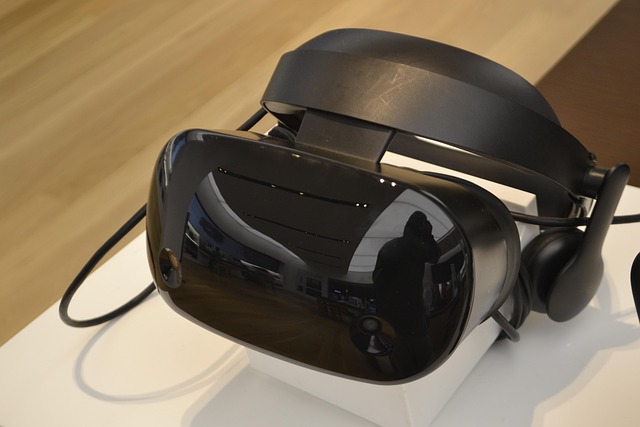A Deep Dive into VR Controller Evolution: Enhancing Gameplay in the Metaverse
As gaming continues to push the boundaries between reality and the virtual realm, the VR controller has become an essential bridge connecting players to immersive experiences. The journey from rudimentary joystick-like devices to sophisticated motion-tracking controllers reflects the evolution of not just gaming hardware, but how we interact with virtual worlds, especially within the sprawling metaverse.
The Rise of Virtual Reality in Gaming
Virtual reality (VR) gaming has surged in popularity over the last decade, transforming how players engage with digital content. Unlike traditional games, VR offers an all-encompassing experience, plunging users into 360-degree environments where they can physically move, explore, and interact. A critical aspect of this immersion is the VR controller, which extends the player’s body into the virtual space.
Early VR controllers primarily tracked basic movements, but current iterations integrate advanced sensors for precise hand gestures, finger tracking, and haptic feedback. This progression allows gamers to perform complex actions—from wielding virtual weapons to manipulating items—with natural and intuitive control, heightening the sensation of presence and interactivity.
Augmented Reality: Layering the Future
While VR immerses players in entirely digital spaces, augmented reality (AR) overlays virtual objects onto the real world, blending digital and physical realms. The role of controllers in AR varies but is increasingly vital in navigating and interacting with augmented environments.
Recent innovations have led to hybrid controllers that can seamlessly switch between VR and AR modes, offering flexibility for developers and users alike. These controllers often pair with hand-tracking technology and voice commands, creating multifaceted interaction methods that enrich gameplay and broaden accessibility.
The Metaverse: A New Frontier for VR Controllers
The metaverse—an interconnected universe of virtual worlds—promises a future where social interactions, entertainment, and commerce converge seamlessly. Within this expansive landscape, the VR controller is set to become even more indispensable.
As players explore diverse metaverse environments, they demand controllers capable of adapting to varied contexts. This means supporting different locomotion styles, complex object manipulation, and even emotional expression through haptic feedback. Future VR controllers might incorporate biometric sensors, improving not just gameplay but social presence by reflecting a user’s physiological responses.
The evolution of VR controllers facilitates a deeper connection between the player and the digital world. By enabling more natural and responsive interactions, these devices elevate the gaming experience, helping players lose themselves in the metaverse’s vast and vibrant universes.
Looking Ahead
Game developers and hardware manufacturers are continuously pushing the limits of what VR controllers can achieve. Innovations like ergonomic designs, wireless freedom, and AI-enhanced responsiveness are making these devices not only more comfortable but more intuitive as well.
For gamers immersed in VR and AR experiences, the controller isn’t just a tool—it’s a gateway. As the metaverse expands and matures, the VR controller will remain at the heart of gameplay innovation, opening new horizons for how we connect, play, and experience the digital frontier.




